minhduy512
TPF Noob!
- Joined
- Dec 30, 2016
- Messages
- 1
- Reaction score
- 0
- Can others edit my Photos
- Photos NOT OK to edit
I am a total beginner to photography. My job usually involves taking picture of plants/leaves on a black background. We have a Canon EOS 450D with a Tamron SP AF 17-50mm XR Di II LD len. As I tried out several times with the auto mode and close-up mode on the camera, the color of the leaves on the pictures doesn't seem to be accurate. They tend to have a more yellowish color than the real leaves. I think the flash light has something to do with it, as occasionally when the flash didn't burn, the picture seemed to have a better color. I think maybe using the manual mode with a correct setting would allow taking the true color of the leaves, but I don't know how to set it. Is there anyone with experience in taking pictures of leaves/plants who can help me?


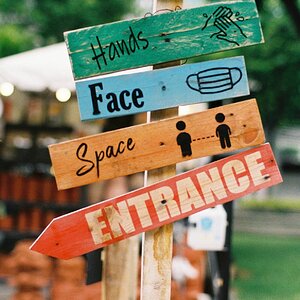
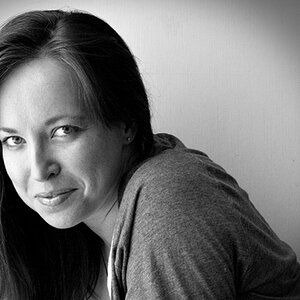
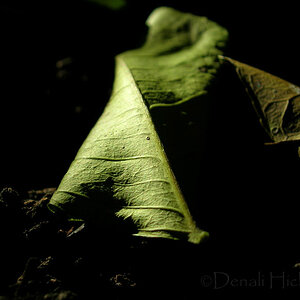

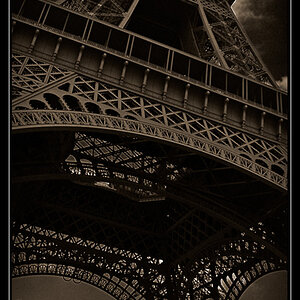
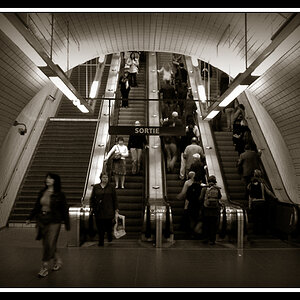
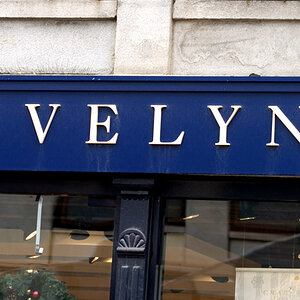
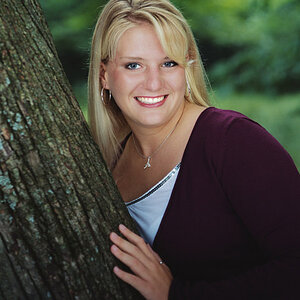

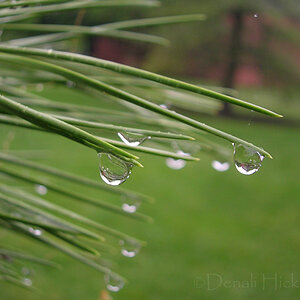
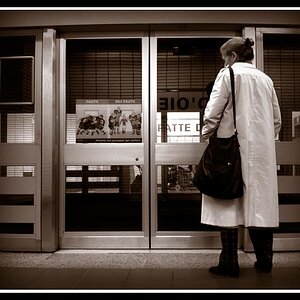
![[No title]](/data/xfmg/thumbnail/32/32004-4455324f0b4b5cc318dd35877147ac47.jpg?1619735148)